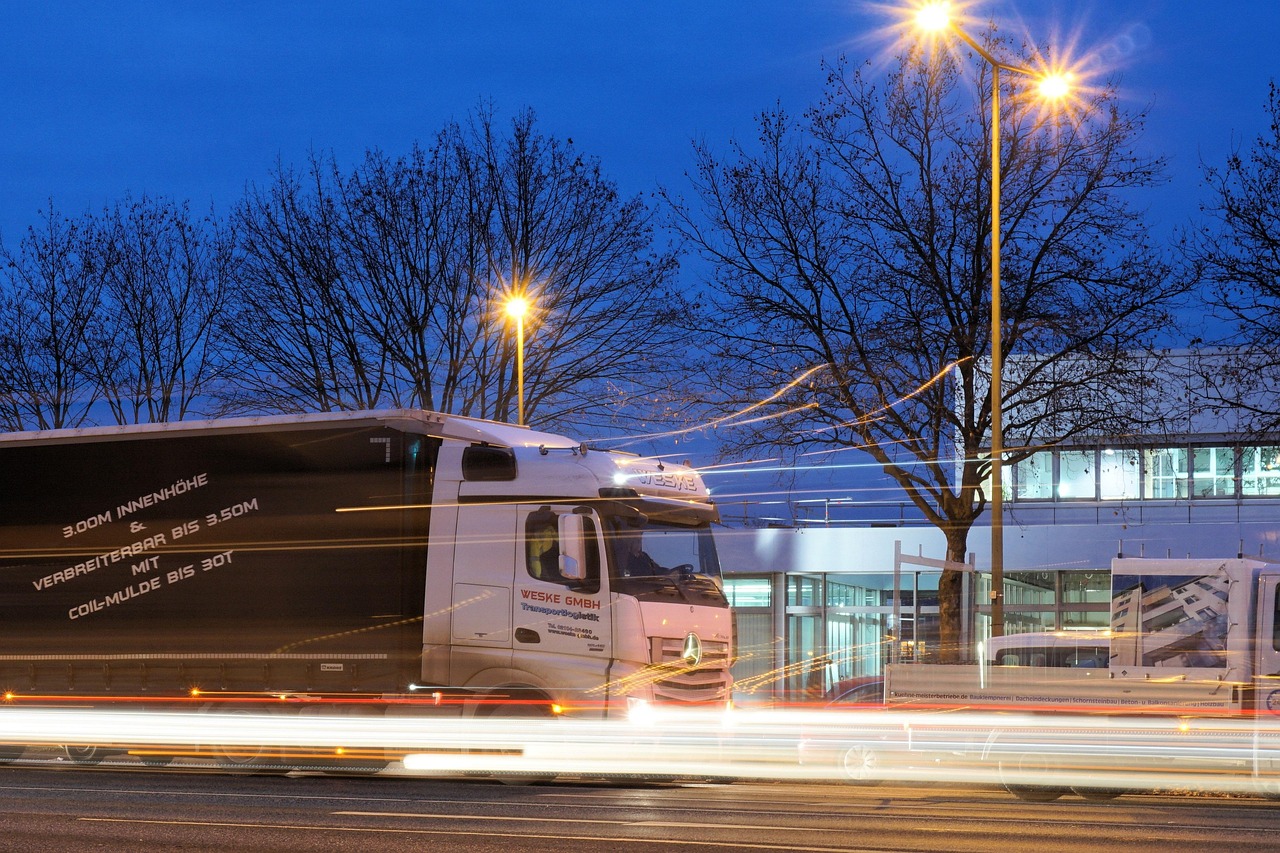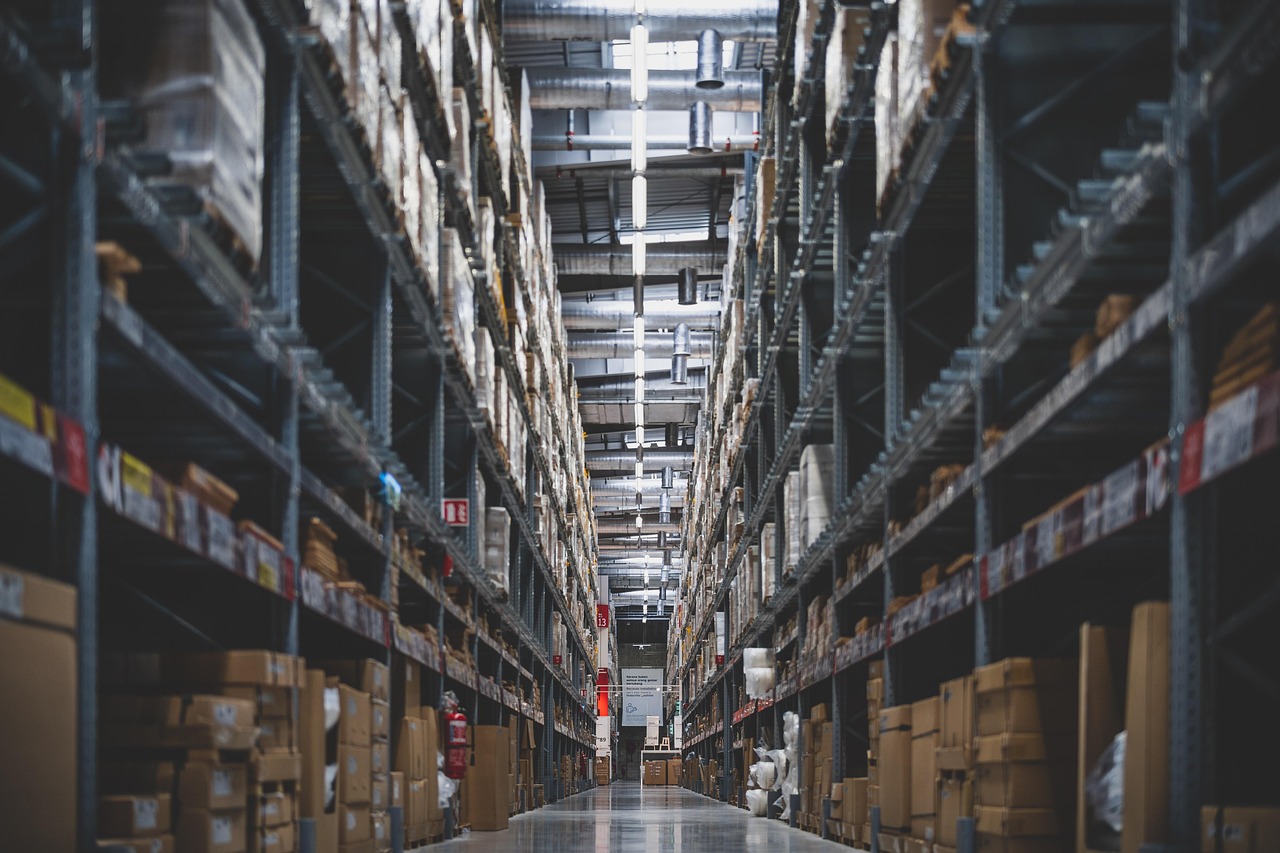Estimated reading time: 6 Min
Have you ever heard of Re-Commerce? A trend that is getting stronger every day in e-commerce, let's see what it's all about...
Also known as second-hand commerce or reverse trade, Re-Commerce refers to practices that seek to give another connotation or added value to the purchases we make and to positively impact the planet, seeking to satisfy purchasing needs without increasing our negative impact on the environment.
Online sales will continue to expand and consolidate in the buying habits of people worldwide, there is no doubt about that, which at the economic level represents a positive impetus for the growth of different industries, but at the environmental level it generates quite a challenge, in terms of the use of the planet's resources and their sustainability, seeking to find a balance, Re-Commerce was born.
Millions of consumers, as well as different e-commerce platforms, are betting on this trend today, a model in which buyers purchase products in good condition that have been used by other users at more affordable prices, obtaining not only benefits in terms of their value but also contributing to a more sustainable circular economy with the planet, which avoids the waste of products and is committed to their reuse.
Some facts about Re-Commerce
The demand for second-hand products is getting higher every day, so much so that it is estimated that their sales will grow between 15 and 20% annually over the next 5 years, representing an opportunity for e-commerce and a break for the planet.
Among the main consumers of this type of product are Millennials (born between 1981 and 1993) and Generation Z (born after 1994), two generations with greater environmental awareness. So much so that 61% of millennials are willing to pay more for products that are sustainable and ecological (ecofriendly), while in Generation Z this figure reaches 58%, according to a GlobalWebIndex study.
Today's consumers feel more committed to the planet, which requires brands to live up to their expectations in order to fall within their buying preferences. This scenario proposes new habits in the way we produce and consume to make greater use of the useful life of products.

The current consumption of mankind means that millions of products are discarded without being damaged. With Re-Commerce, the owner can make a profit and make a profit for his product, more than he would obtain by throwing it away, while providing the possibility of giving it greater use with another buyer.
In this context, savings in purchase prices have been one of the biggest attractions of Re-Commerce, especially with branded products that consumers can purchase at discounted prices. Some of the big brands that are already joining the Re-Commerce trend are: Amazon, eBay, Ikea, Decathlon Or platforms like Percentile
Fashion, a sector with a lot of fabric to reuse
Categories such as electronics, appliances and fashion are among the industries where Re-Commerce has a wide range of uses. Today we will talk about the textile sector or clothing production, whose impact on the environment represents 10% of global CO2 emissions.
The textile sector has always been characterized by its high level of waste, especially now, when changing fashion trends mean that tons of clothes in good condition are discarded, going from closets to garbage, even after few uses. It is estimated that 73% of the clothing produced annually ends up incinerated or in landfills, increasing pollution levels.
The manufacture of clothes causes a high wear and tear on the planet's resources, just making a cotton shirt requires 2,700 liters of water, which is why Re-Commerce has focused extensively on this industry
According to studies by Global Data, the resale and donation of clothing has grown rapidly in recent years in the world. In the following graph we see how it went from moving 24 trillion in 2018 to 37 trillion in 2021, expecting to reach 51 trillion in 2023. Where resale is becoming more important every day.

Taking into account that clothing is one of the categories with the highest price increase, along with household groceries, gasoline and restaurants, Re-Commerce is firmly in this category, where users can buy cheaper brand clothes, which means a relief for their pocket and allows them to maintain a certain status.
Some figures about textile re-commerce in the US
Studies carried out by Thredup (American clothing resale platform) show that 70% of American consumers consider it easier to buy second-hand today than 5 years ago, thanks to the growth of e-commerce. 57% of them resold clothing in 2021.
In addition, 74% said they are willing to buy second-hand clothing products, while 93% are willing to buy second-hand in other product categories. In both fields, buying preference has been increasing considerably in recent years.

Source: www.thredup, com
From the above figures, we found that:
- 41% of consumers say that when they buy clothes, the first thing they look for is second-hand.
- 62% of Generation Z and Millennial consumers first look for a second-hand item before buying a new one.
- Nearly half of consumers who bought second-hand clothing in 2021 purchased 10 or more items.
- Today's consumers wear, on average, half of the clothes in their wardrobe.
- 82% of buyers said they are satisfied with contributing to the environment when buying second-hand items.
- 56% mention that brands should play a more prominent role in caring for natural resources.
Re-Commerce and the Future of Ecommerce
Let's start by analyzing what Ken Fenyo, president of research and advisory at Coresight Research, said:
“Retailers and brands have a great opportunity to use resale models to acquire younger, price-conscious shoppers, increase customer loyalty and boost their revenues, all while doing good for the environment.
Reselling is the future of retail, and it will be interesting to see which innovative companies capitalize on this opportunity.”
With the above and with the figures we have seen, we can deduce that resale is an inevitable part of the future of e-commerce, a component that must be present in online stores to meet the needs of current generations Z and Millennials and of future generations, undoubtedly, more committed and concerned about the use of natural resources. Your purchasing decisions will be conditioned by these features and by the ecommerce that offers them.
To meet the demands of current buyers where the responsible use of resources is found, through sustainable or biodegradable solutions, not only do the manufacturers of the product and the e-commerce that sells it intervene, but also the impact that actions such as product packaging or geolocation generate on the environment, seeking to optimize delivery routes, reduce fuel consumption and pollution.
Today, European brands such as Veepee offer Re-turn and Re-cycle services where they manage returns so that their members can resell their products, and also collect and classify second-hand items to give them a second useful life.

Re-Commerce not only contributes to reducing the use of natural resources and polluting emissions, minimizing waste and giving opportunities to population sectors with lower incomes, it is also a new sales opportunity that presents itself to e-commerce companies that include it in their business model.
We are facing an unprecedented environmental crisis, where every day the economy will aim at more circular practices, pressuring e-commerce to reinvent their business model from manufacturing to the process of delivering or returning their products, that, according to experts, is the future of ecommerce.
Is your online store ready for Re-Commerce? It's a good time to evaluate it...
In this context, relying on technological and logistics solutions that allow us to optimize inventories and deliveries is also key to strengthening the resale model. With a such as Cubbo's, ecommerce can guarantee operations that are more agile, sustainable and aligned with new consumer demands.
Are you looking for an ally that enhances your delivery process, compliance and customer satisfaction? Do not hesitate to contact us, we are the best Fulfillment center for ecommerce in Mexico, Colombia and Brazil, just click Here.
During 2021 in Cubbo:
* Our customers registered savings of 21% in operating costs
* 97.1% of the products received, were processed and were ready to sell In 24 hours.
* We had a 99.7% shipping compliance
* We registered a precision in order preparation of 99.9875%, that is, 1 error for every 8,000 shipments.
* 60% of our deliveries in CDMX were made The same day
* We carry out nationwide deliveries in 1.3 days Average
Sources of information:
Brainsins / Ecommercenews / Ticpymes / Photocompanies / Thredup / Commitment /TrendWatching.com






